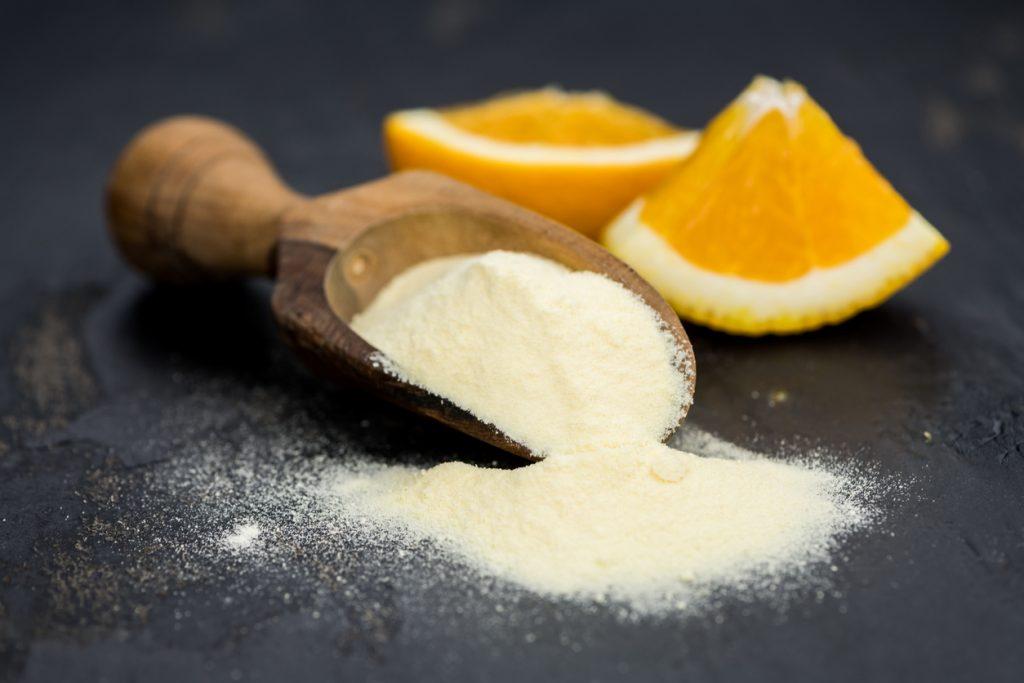Citrus Pectin Market Impacting Factors Reshaping Industrial Formulations and Health-Based Products

The citrus pectin market is experiencing a significant evolution as global industries shift toward healthier and more sustainable product development. Once primarily used as a thickening agent in jams and jellies, citrus pectin is now at the center of broader innovation across food, beverage, pharmaceutical, and nutraceutical sectors. What’s driving this momentum isn't just consumer demand—it’s a complex combination of raw material availability, regulatory standards, and technological adaptation.
Evolving Consumer Preferences and Clean Label Movement
Perhaps the most noticeable force shaping the market is the shift in consumer behavior. Today’s shoppers are more concerned about what goes into their bodies than ever before. There’s a clear movement toward clean-label ingredients, and citrus pectin—being plant-based, natural, and free of common allergens—fits squarely within that demand.
Beyond that, citrus pectin is gaining popularity for its health benefits. As a soluble fiber, it's often promoted for digestive health, cholesterol reduction, and even as part of detoxification protocols. These factors are helping it move from being just a technical ingredient to a functional one, which in turn affects how manufacturers view it during product development.
Raw Material Dependency and Supply Chain Challenges
Still, no growth story comes without hurdles. The citrus pectin industry relies heavily on the availability of citrus peels, primarily sourced from citrus juice production. If orange or lemon yields fall due to disease, weather events, or declining fruit consumption, it creates ripple effects for pectin suppliers.
Issues like citrus greening disease in Florida or shifting agricultural practices in South America can reduce raw material availability, leading to tighter supply and fluctuating prices. Some manufacturers have started diversifying their sources—looking toward more stable regions or alternative citrus varieties—but global dependency remains a pressing concern.
Technological Progress Unlocking New Applications
Another major factor is innovation in extraction technology. Older methods required large volumes of water and energy, often producing lower yields. But modern processing techniques—like enzyme-assisted extraction or microwave-assisted methods—are making production more efficient and sustainable. This is not just improving quality but also helping companies meet tighter environmental regulations.
At the same time, these technological improvements are enabling new applications of citrus pectin, from low-sugar confections and acidified dairy products to targeted drug delivery systems in pharma. As pectin becomes easier to tailor by degree of esterification or molecular weight, it opens doors for more precise, functional uses.
Rising Regulatory Pressure and Global Market Access
Finally, increasing regulation is having an impact—especially in Europe and North America. Authorities are tightening standards around ingredient labeling, origin traceability, and food safety. Citrus pectin, as a natural additive, often benefits from this, but it must still pass through regulatory hurdles.
Export-oriented companies must ensure their formulations meet the expectations of each regional market, and this complexity sometimes slows product launch cycles. However, for brands that can navigate the rules, citrus pectin offers an excellent gateway into health-conscious segments with strong consumer appeal.
Conclusion
The future of the citrus pectin market will largely be shaped by how companies respond to these influencing factors. Staying aligned with consumer wellness trends, securing diverse raw material sources, investing in green technology, and remaining compliant with evolving regulations will be the pillars of long-term success. While the challenges are real, so is the opportunity for those ready to adapt.
- Art
- Causes
- Crafts
- Dance
- Drinks
- Film
- Fitness
- Food
- Giochi
- Gardening
- Health
- Home
- Literature
- Music
- Networking
- Altre informazioni
- Party
- Religion
- Shopping
- Sports
- Theater
- Wellness


